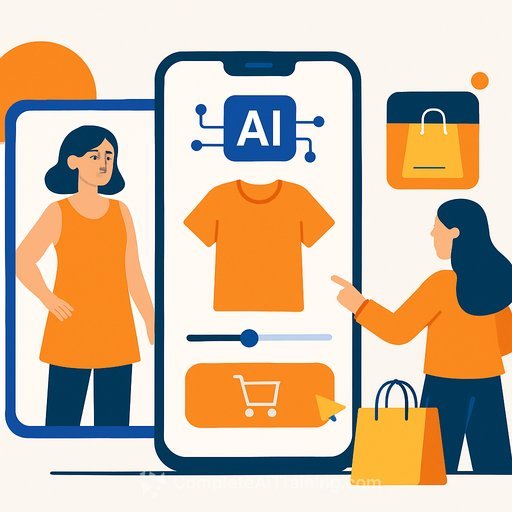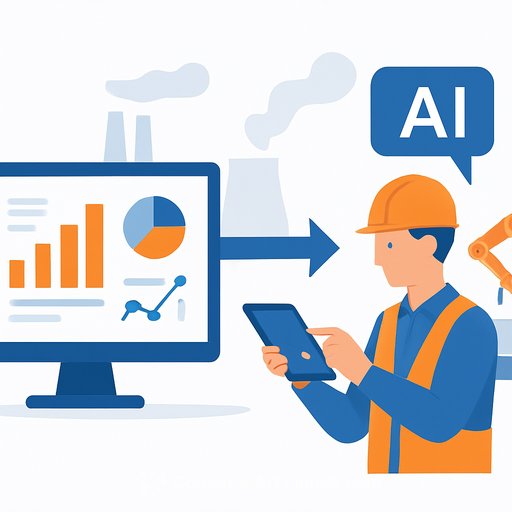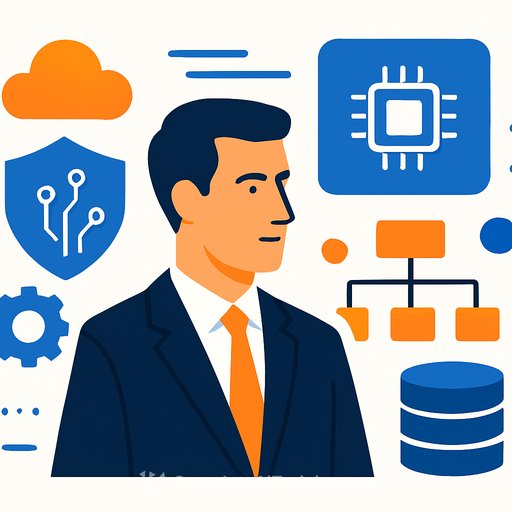Gap partners with Google Cloud to accelerate ecommerce with AI: What operations leaders should act on
Gap Inc. is partnering with Google Cloud to build an AI-driven platform that speeds product creation and sharpens the customer experience. The stack includes Gemini, Vertex AI, and BigQuery. The goal is clear: faster cycles, smarter decisions, tighter execution.
As Sven Gerjets, CTO at Gap Inc., put it, the company is building its technology roadmap around AI to empower teams, spark creativity, and deliver more personalized experiences at pace. Gap, which owns Gap, Banana Republic, Old Navy, and Athleta, ranks No. 20 in the Top 2000 Database of North America's largest online retailers.
How Gap plans to use AI (operations lens)
- Product innovation: Speed up design, planning, and pricing. Use generative tools for concepting and briefs, then link outputs to PLM/PIM for faster sample-to-shelf cycles.
- Customer experience and marketing optimization: Hyper-personalized recommendations, better targeting through Google Ads, and omnichannel consistency from site to store.
- Employee empowerment: AI copilots to assist agents and teams with decisions, execution, and workflow redesign-keeping human oversight at the center.
What this means for operations
- Shorter idea-to-launch cycles: Automate parts of design reviews, assortment planning, and pricing tests. Reduce handoffs; move to concurrent workflows.
- Forecasting and inventory control: Feed BigQuery with demand signals and returns data; use Vertex AI for SKU-level forecasting and size/pack optimization.
- Pricing and promos: Run continuous experiments across channels; optimize markdown cadence with real-time elasticity models.
- Service and store ops: AI assistants for agents and associates, summarizing tickets, generating responses, and suggesting next actions to cut handle time.
- Omnichannel execution: Smarter routing for BOPIS/ship-from-store based on capacity, stock, and promised delivery windows.
- Governance and risk: Centralize data access, approvals, and model monitoring. Keep a human-in-the-loop for pricing and creative outputs.
Practical stack notes
- BigQuery: Use as the source of truth for product, customer, inventory, and marketing data. Enforce partitioning and cost controls from day one.
- Vertex AI: Orchestrate training, evaluation, and deployment. Stand up feature stores for reuse across forecasting, pricing, and recommendations.
- Gemini: Support creative briefs, product descriptions, size guides, and agent assistance. Apply guardrails for brand voice and compliance.
- Google Ads integration: Close the loop from audience creation to creative testing to incrementality measurement.
KPIs to track
- Product: Design-to-shelf cycle time, sample iterations per SKU, first-pass yield on listings.
- Demand and inventory: Forecast accuracy (SKU/store/week), sell-through, weeks of supply, return rate.
- Pricing and marketing: Promo ROI, CAC, LTV, recommendation CTR/add-to-cart rate.
- Service and ops: AHT, first-contact resolution, CSAT, pick-pack-ship SLA adherence.
- Model health: Drift, coverage, latency, and unit economics ($ per 1,000 predictions or tokens).
Execution plan for the next 90 days
- Map decisions that move the P&L: forecasting, allocation, pricing, promotions, service responses.
- Unify data in BigQuery with clear ownership, lineage, and role-based access.
- Stand up pilots in two lanes: a) SKU-level forecasting and markdowns, b) agent assist for service.
- Create guardrails: content filters, PII handling, and approval paths for pricing and creative.
- MLOps basics: CI/CD for models, feature store, canary releases, and continuous evaluation.
- Change management: train teams, publish playbooks, and tie incentives to the new workflows.
Risks and how to control them
- Data leakage: Keep sensitive data in private endpoints; use data loss prevention and least-privilege access.
- Bias and quality: Measure outputs for fairness and factuality. Require human review for public-facing content.
- Cost creep: Set budgets and quotas; monitor BigQuery scans and model inference costs.
- Vendor lock-in: Standardize on interoperable formats and keep export paths for models and features.
Gap says it is rethinking how agents and teams operate, using AI as a partner in decision-making and execution. The intent is to keep a human-centered approach while freeing teams to focus on creativity, culture, and customer connection.
Learn more
Upskill your team
If you're building similar capabilities, invest in targeted training for ops, data, and CX teams. Explore role-based tracks here: Complete AI Training: Courses by Job.
Your membership also unlocks:






